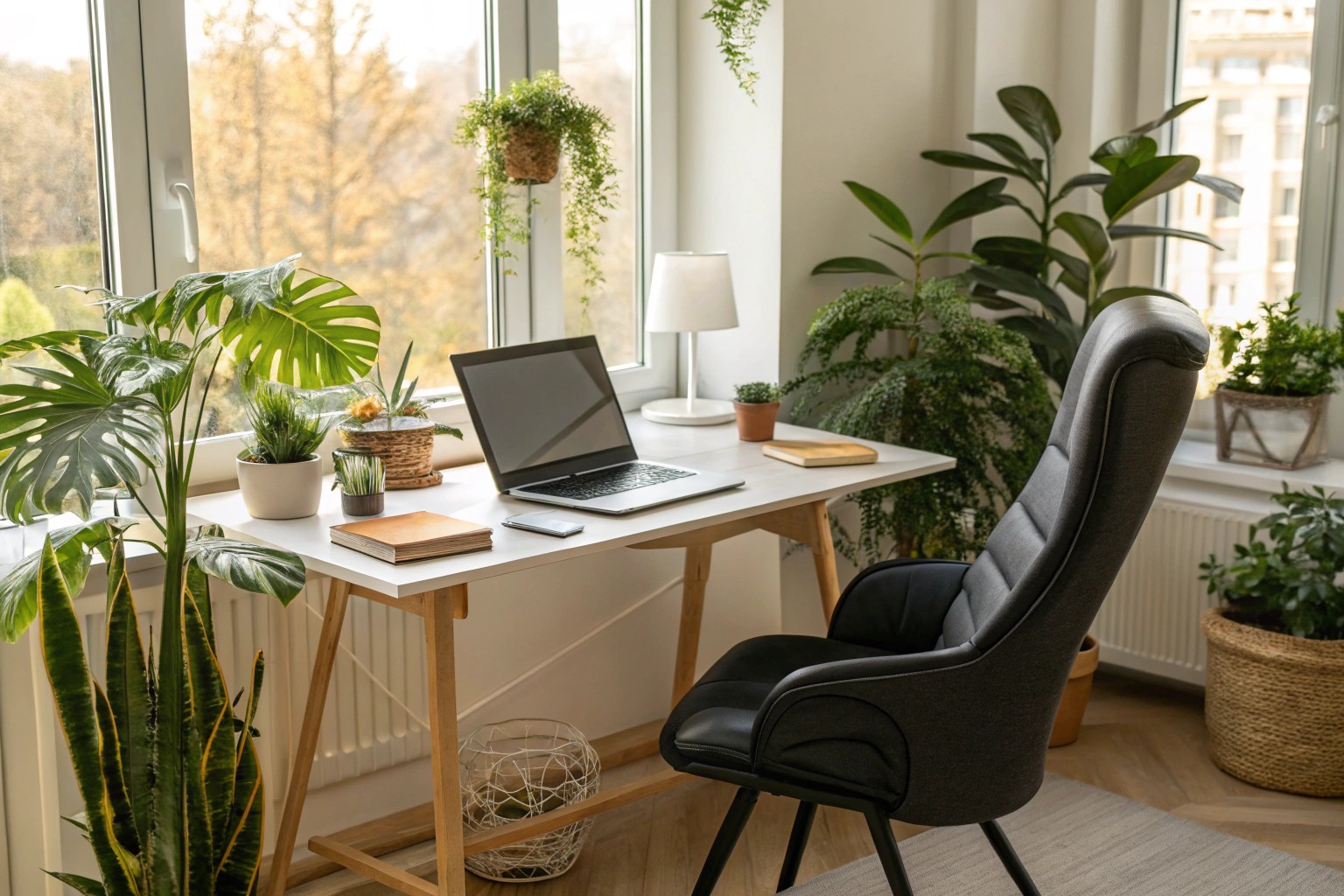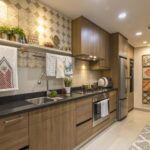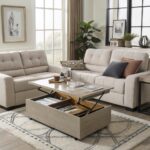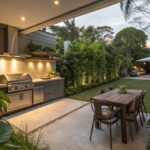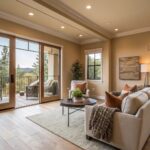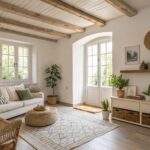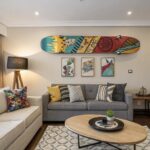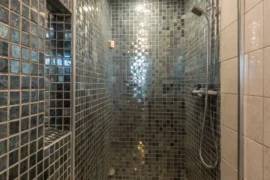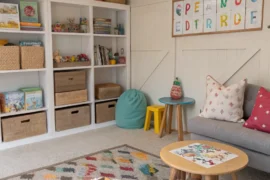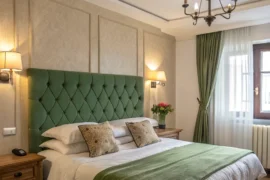The pandemic transformed millions of kitchen tables into temporary desks, but as remote work becomes a permanent fixture in our lives, it’s time to move beyond these makeshift solutions. Creating a dedicated workspace that enhances productivity while complementing your home requires thoughtful planning and intentional design. Having designed countless home offices over the years, I’ve witnessed how transformative a well-conceived workspace can be for both professional success and personal wellbeing.
Evaluating Your Needs: Beyond the Laptop
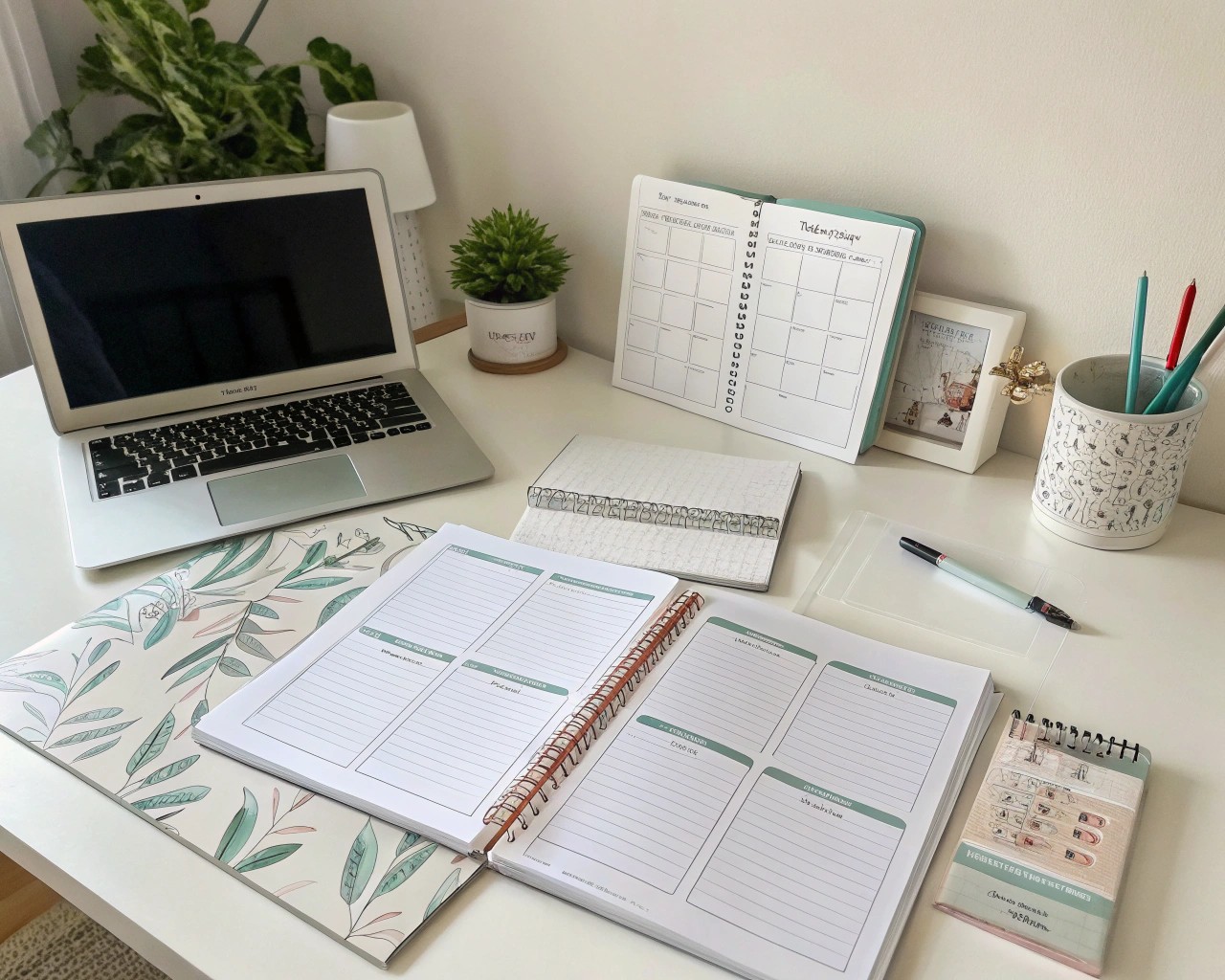
Before selecting furniture or paint colors, take time to assess how you actually work. Different professions demand different spaces.
Key Questions to Consider:
- What specific tasks do you regularly perform?
- How much physical space do your activities require?
- Do you host video meetings with clients or colleagues?
- What are your storage requirements for documents and equipment?
- What type of technology infrastructure do you need?
I recently worked with a marketing consultant in Boston who initially tried working from her dining room. “I was constantly packing up my work to make dinner, then setting it all back up the next morning,” she explained. We transformed an underused guest bedroom into a dedicated office with built-in storage and a murphy bed for occasional visitors. Within months, her productivity increased dramatically simply because she had a space designed specifically for her work.
Indoor Office Solutions: Creating Dedicated Spaces
When converting an indoor space to a home office, focus first on essentials that support productivity and wellbeing.
Furniture Essentials for Peak Productivity
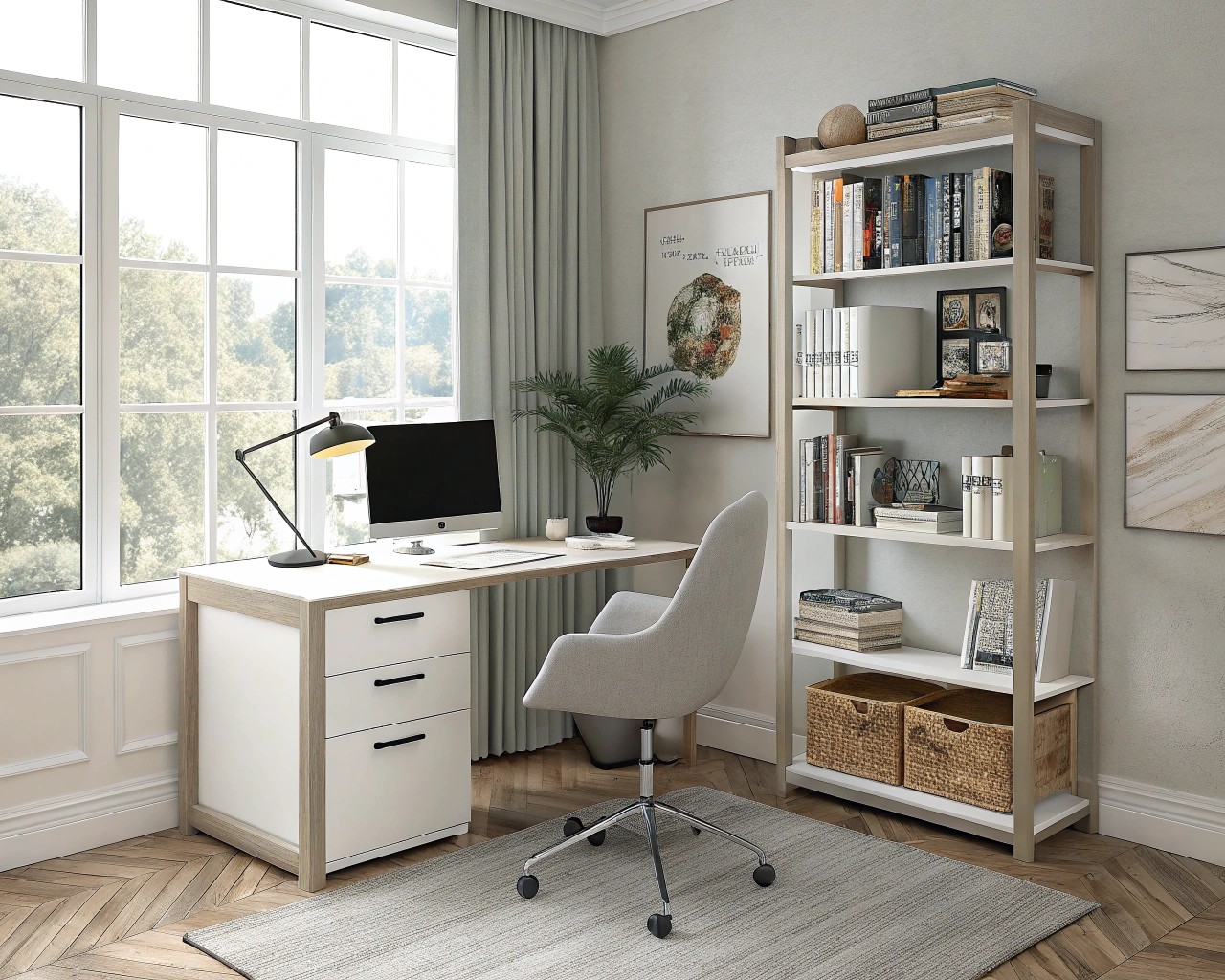
Your desk and chair will have the most significant impact on your comfort and efficiency:
- Desk: Ideally height-adjustable to allow for both sitting and standing
- Chair: Properly supportive with adjustable height, armrests, and lumbar support
- Storage: File drawers, shelving, and cabinets to maintain organization
- Technology setup: Properly positioned monitors, keyboard, and peripherals
A software developer client suffered from persistent back pain after months of working from a dining chair. After we introduced a properly fitted ergonomic chair and raised his monitor to eye level, his pain subsided within weeks. Sometimes the simplest changes yield the most significant results.
Color Psychology and Design Elements
Color choices significantly impact mood and productivity:
| Color | Psychological Effect | Best For |
|---|---|---|
| Blues & Greens | Promote calmness and focus | Analytical work, tasks requiring concentration |
| Yellow & Orange | Stimulate creativity and energy | Creative professions, brainstorming spaces |
| Neutrals with accent colors | Professional appearance with personality | Client-facing spaces, versatile workspaces |
For example, one interior designer personally experienced the benefits of color psychology, finding that a neutral base with strategic blue accents in their own office noticeably improved their focus and sustained concentration during long work sessions.
Lighting Considerations
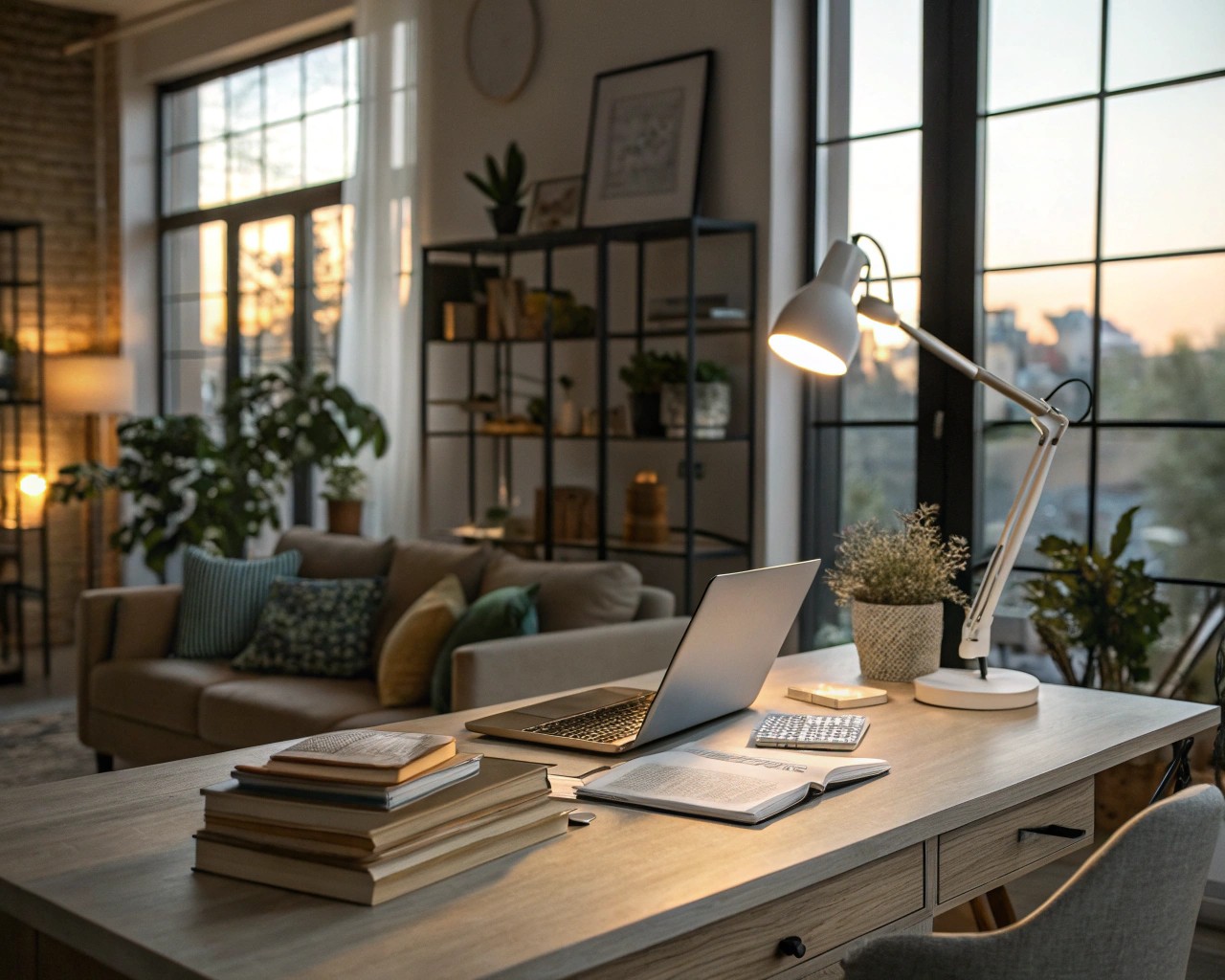
Natural light improves mood and productivity significantly. Position your desk to maximize available daylight when possible, being mindful of screen glare. Supplement with:
- Task lighting for focused work
- Ambient lighting to reduce eye strain
- Adjustable options to accommodate different times of day
In my experience, layered lighting—combining ceiling fixtures, desk lamps, and floor lamps—creates the most flexible environment for varying tasks and seasons.
Garden Offices: The Ultimate Separation
For those with suitable outdoor space, garden offices offer an ideal solution for separating work and home life both physically and psychologically.
Benefits of Separate Workspaces
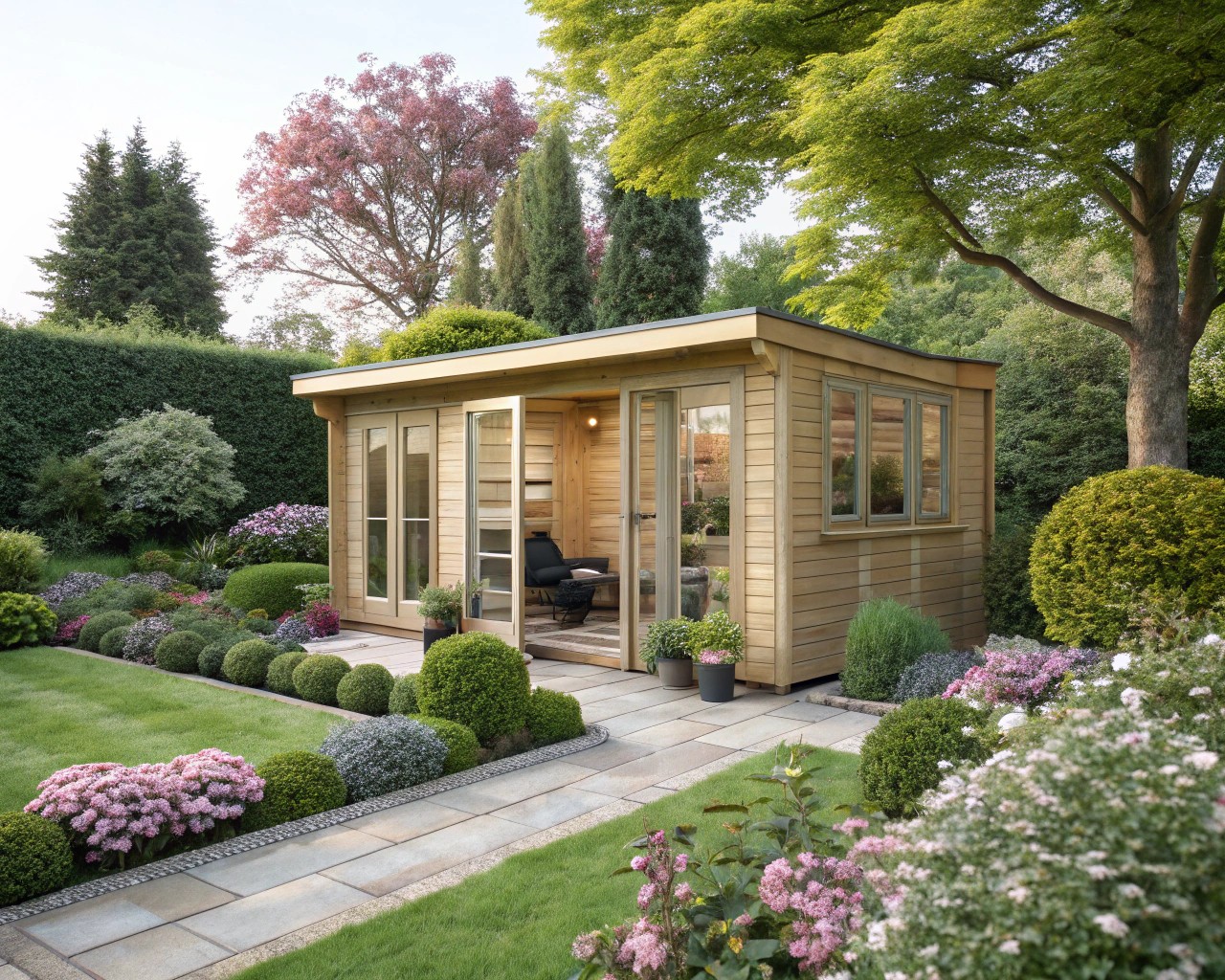
Garden offices provide numerous advantages:
- Clear boundary between work and home life
- Reduced household distractions
- Dedicated professional space without sacrificing indoor square footage
- Potential added value to your property
Garden designers specializing in these workspace solutions consistently observe that their clients experience transformative benefits; the physical separation from the main house markedly improves both productivity and the ability to maintain a healthy work-life balance.
Types of Garden Office Structures
Several approaches to garden offices exist:
- Custom-built structures from specialized companies
- Prefabricated garden rooms or pods
- Converted sheds or outbuildings
- Contemporary or traditional designs
Prices typically start around $10,000 for quality prefabricated solutions, with custom builds ranging significantly higher depending on size and features. While this represents a substantial investment, many professionals find the dedicated space pays dividends in productivity and wellbeing.
The “Green Room” Concept
An innovative approach mentioned in the search results is the “Green Room,” a pre-fabricated garden office designed to blend with the landscape. The structure features a galvanized mesh exterior that encourages climbing plants to grow up and over the building, effectively camouflaging it within the garden.
Plants recommended for this type of green facade include:
- Climbing roses
- Trumpet vine
- Clematis
- Honeysuckle
- Hops
This concept demonstrates how garden offices can become integral features of your landscape rather than utilitarian outbuildings.
Budget-Friendly Transformations
Not everyone has the budget for a custom garden office or major renovation. Fortunately, effective workspaces can be created at various price points.
Budget Workspace Comparison
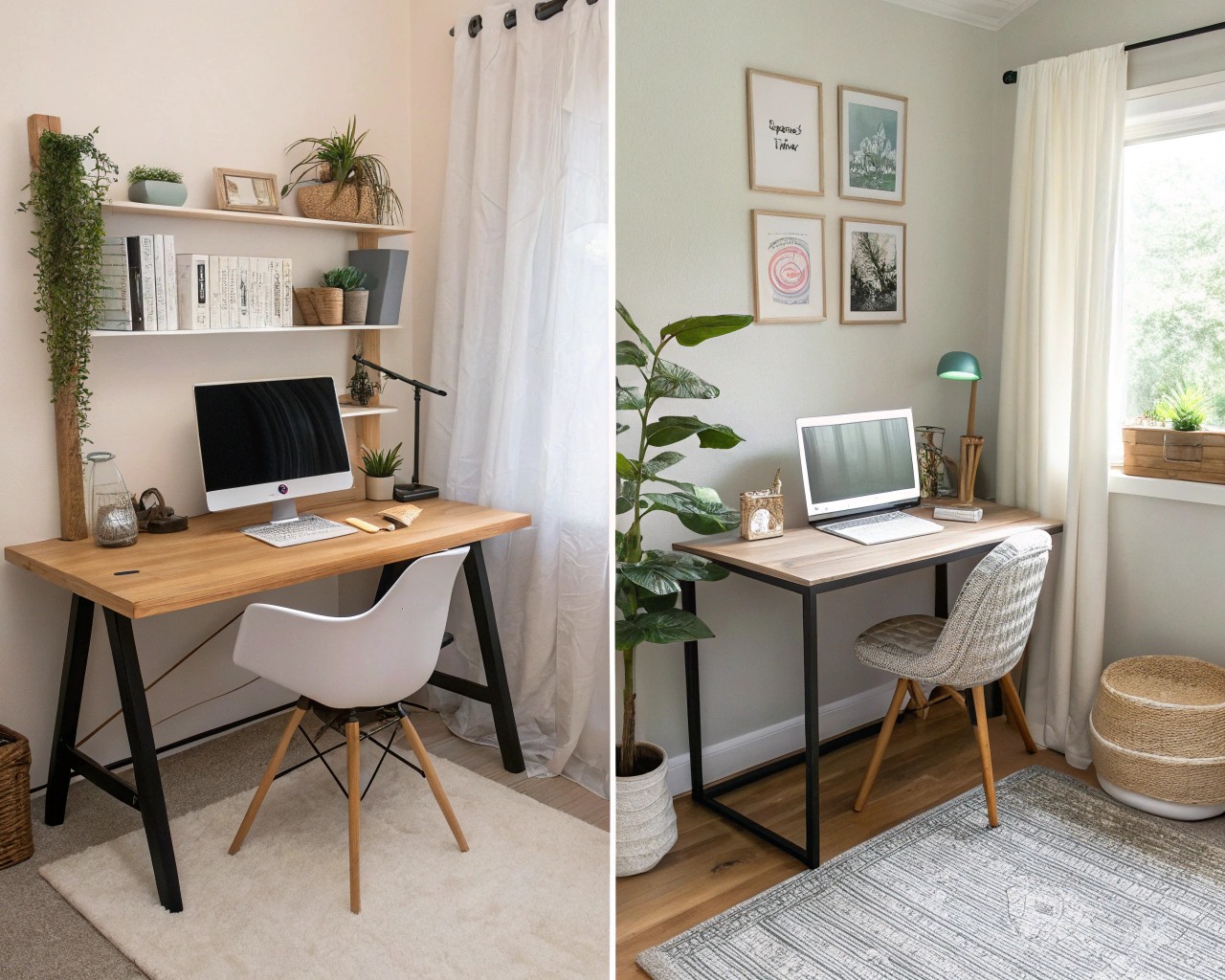
| Budget Level | Indoor Solutions | Outdoor Solutions | Key Investments |
|---|---|---|---|
| Minimal (<$500) | Repurposed furniture, DIY solutions | Upgraded shed, DIY insulation | Ergonomic chair, task lighting |
| Moderate ($500-2,000) | New desk and chair, storage furniture | Basic prefab structure, converted outbuilding | Quality desk & chair, storage systems |
| Substantial ($2,000-10,000) | Full room renovation, built-ins | Custom garden office kit | Built-in storage, comprehensive lighting |
| Investment ($10,000+) | Complete room transformation | Fully custom garden office | Architectural services, custom furniture |
Low-Cost Office Makeover Strategies
From search result, several budget-friendly approaches stand out:
- Wall treatments: Paneling or textured wallpaper can transform a space inexpensively
- Paint: Strategic use of color on an accent wall costs little but changes the feel entirely
- Lighting: Updated fixtures or additional lamps improve function and appearance
- Organization: DIY storage solutions keep costs down while improving functionality
A client operating on a minimal budget transformed her workspace with just three changes: repositioning her desk near a window, adding an ergonomic chair, and installing floating shelves for storage. Total cost was under $300, but the impact on her daily comfort was substantial.
Multi-functional Spaces: When Dedicated Isn’t Possible
Not everyone has the luxury of a spare room or garden space. Creating effective multi-purpose areas requires strategic planning.
Smart Furniture Choices for Dual-Purpose Spaces
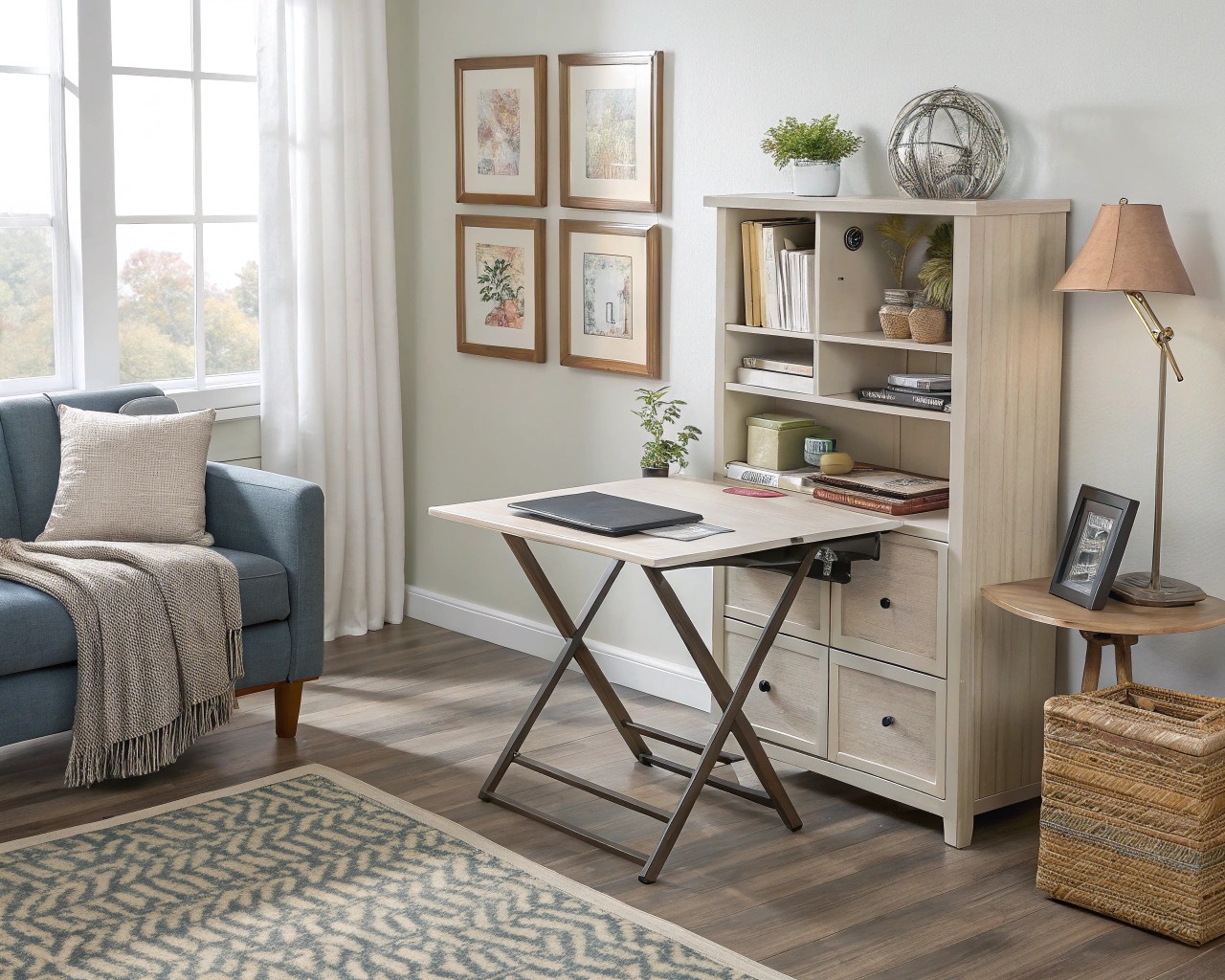
Consider:
- Desks that can fold away or transform
- Storage solutions that hide work materials when not in use
- Room dividers or screens for visual separation
- Furniture that serves multiple functions
A journalist client who shares her dining table as a workspace developed a ritual of placing and removing a specific table runner to signify work hours. This simple visual cue helped her mentally transition between professional and personal use of the same space.
Case Study: Three-Person Home Office
One client story from the search results described a family needing workspace for three people in a single room. The solution included:
- A peninsula desk in the center of the room for two workstations
- A higher-than-normal desk along the wall for the tallest family member
- Double file drawers at each station
- Wall-mounted storage to maximize vertical space
- Closed cabinets for less attractive supplies and equipment
This example demonstrates how thoughtful planning can accommodate multiple users even with space constraints.
Psychological Aspects of Home Workspaces
The design of your home workspace affects not just physical comfort but mental wellbeing and productivity.
Creating Mental and Physical Boundaries
One major challenge of home offices is establishing clear work-life boundaries. Design can help address this:
- Physical separation (separate room, garden office, or dividers)
- Visual cues that signal “work mode”
- Consistent routines for starting and ending workdays
- Technology boundaries (separate work devices when possible)
Workplace design consultants often observe a strong correlation between clear boundaries and job satisfaction in remote work settings. Clients who successfully separate their work and personal lives tend to thrive long-term, whereas those who allow work to permeate their home environment are more susceptible to burnout.
Biophilic Design Elements
Incorporating natural elements into your workspace has proven benefits:
- Plants improve air quality and provide psychological benefits
- Natural materials (wood, stone) create connection to nature
- Views of outdoor spaces reduce stress and eye strain
- Natural light improves mood and energy levels
Companies like Google and Adobe have embraced biophilic design principles in corporate offices, recognizing the benefits for creativity and wellbeing. You can apply these same principles to your home workspace.
Future-Proofing Your Home Workspace
As work patterns continue to evolve, creating adaptable spaces becomes essential.
Adaptable Design Principles
Consider:
- Modular furniture that can be reconfigured
- Neutral base design with personalized accessories that can change
- Multi-purpose elements that adapt to different needs
- Technology infrastructure that can accommodate upgrades
When I designed my own home office, I deliberately chose a layout that could transform into a creative studio if my work needs changed. The investment in flexible infrastructure has allowed my workspace to evolve alongside my career.
Sustainability Considerations
Sustainable approaches benefit both the environment and create healthier work environments:
- Natural, non-toxic materials
- Energy-efficient lighting and equipment
- Furniture and elements that can be repurposed
- Biophilic elements that improve air quality and wellbeing
A client committed to sustainability created a stunning home office using entirely reclaimed materials—from barn wood flooring to vintage filing cabinets refinished with non-toxic paint. The space not only reflected her values but created a uniquely personalized environment impossible to replicate in a corporate setting.
Legal and Practical Considerations
When establishing a home office, several practical matters deserve attention:
Legal and Regulatory Aspects
- Building permits may be required for structural changes or garden offices
- Zoning regulations might restrict business activities in residential areas
- Insurance policies should be reviewed to ensure coverage for equipment
- Tax implications vary depending on employment status and office setup
Health and Wellbeing Practices
- Take regular breaks (aim for 5 minutes per hour)
- Maintain ergonomic positioning to prevent strain
- Establish consistent work hours to maintain work-life balance
- Create routines that mark the beginning and end of the workday

